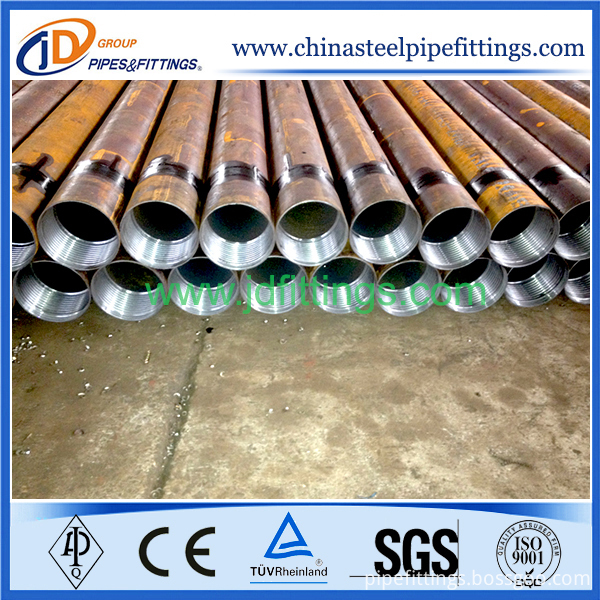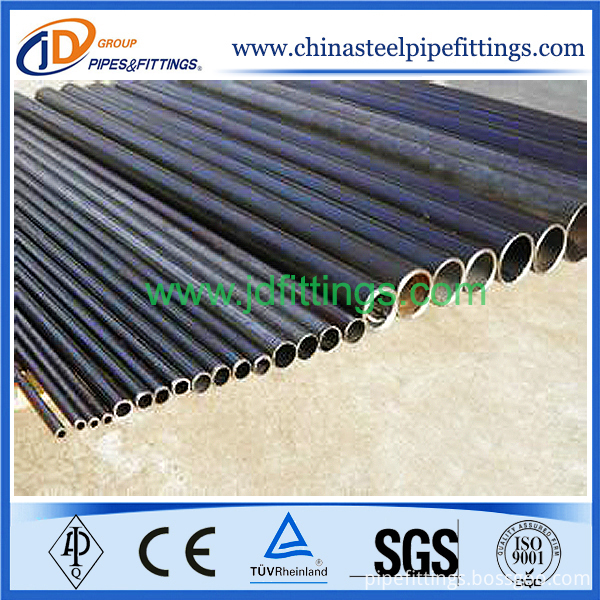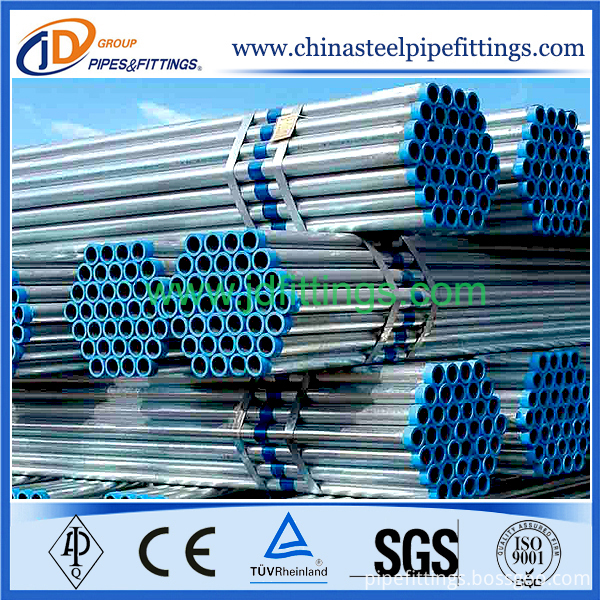 |
Scientists have recently developed a group of solar nanotechnology robots that can effectively absorb oil spills. They can remove oil spills in the Gulf of Mexico within a month. This development is not only the first to focus on the use of sensors and handheld electronic devices in the built environment, but also indicates that this type of nanomaterial that can absorb oil spills will have a positive impact on society in the next 40 years.
It is reported that this solar nanomaterial robot is 16 feet (4.8 meters) long, 7 feet (2.1 meters) wide, and weighs 35 pounds (16 kilograms). The robot's "head" device has two square solar panels that can harness the power of solar energy to drive the robot to glide freely on the surface of the water. When the robot is “patrolling around†on the water, the nano vortexer on the robot will absorb the oil spill – an ultra-thin and flexible conveyor in the vortexer will selectively adsorb and leak oil.
The skimmers currently in use around the world are not only old and new in design (has not been updated for decades), but they are also being carried to the shore several times a month for maintenance. Compared to this old type of skimmer, the solar nanomaterial robot will make future oil absorption work faster, safer, and more efficient. Scientists have found through experiments that each robot needs only 100 watts to continue working for several weeks. Put 5,000 to 10,000 robots in this number range on the surface of the water. In less than a month, it will remove oil leakage in a large area of ​​the Gulf of Mexico. Each robot can remove several gallons per hour. Oil spill. So nano-robots are expected to be popularized in the future of oil suction work. This solar nanomaterial robot currently has an average price of between 10,000 and 20,000 US dollars.
According to Assaf Biderman, deputy director of the Robotics Research Group, these robots are called "autonomous robots" because they can automatically complete the work of absorbing oil spills without people's control. Relying primarily on the "head" of the solar panels as a power source, the nanobots can autonomously perform self-driven work on the water surface, but workers can also remotely control the machines. A GPS global positioning system and a wireless communication system are also arranged on the body of the robot so that different robots can transfer information to each Other and work in coordination with each other. Compared with “using hair to absorb oil,†Bedman further stated that they will continue to refine the solar nanomaterial robots in future research. It is hoped that this oil sucking robot can become the most efficient tool in the “suction field†as soon as possible. Nano-robot technology can be applied to various fields of work that require people to "put in the battle."
According to Ron Kendall, a professor of environmental toxicology, although this robotic technology has attracted a lot of people's attention and gained everyone's acclaim, there are still some inevitable limitations. For example, this type of robot can only absorb oil spills on the water surface, but the oil leaks in the deepwater bay may not be well cleaned. For example, he said, as non-woven material developed by Texas Tech, although this material can absorb more than 40 times its own oil spill, but in the face of highly viscous oil spills can not play the "talent" of the oil absorption. He fears that solar nanomaterial robots will also encounter such thorny problems. So he suggested that scientists should constantly improve the nanomaterial robots and continue to create new technologies to deal with oil spill problems.
The researchers said that although they have not yet put their robots on the "actual detection" plan in the Gulf of Mexico, they have now received 1.4 million U.S. dollars from the X Prize Foundation. This has prompted them to need to eliminate oil spills. Continuous innovation and continuous research and development of new technologies.
ERW Steel Pipe
ERW Steel Pipes is electric resistance welded pipe, we have different size and shape according to customers' requirements. The delivery time of our electric resistance welded pipe is about 20-30 days. The payment T/T or L/C is OK. We also have square welded Steel Pipes. The standard is ASTM A53, BS1387, EN10255, EN10240, EN10220, EN10219, En39.




ERW Steel Pipes
ERW Steel Pipes, ERW Black Steel Pipe, ERW Stainless Steel Pipe, ERW Carbon Steel Pipe
JianDa Pipes&Fittings Group Co.,Ltd , http://www.chinasteelpipefittings.com